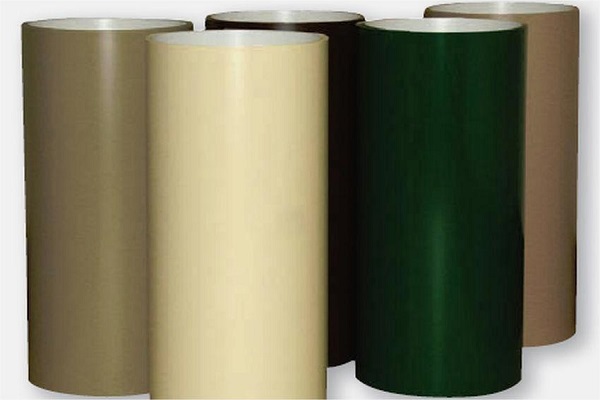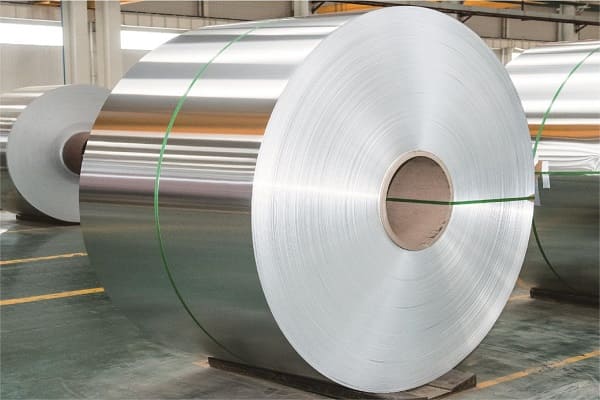The similarities and differences of aluminum plate and steel plate.
Here are some similarities and differences between aluminum plate and steel plate:
Aluminum plate and steel plate similarities:
- Structural Strength: Both aluminum and steel plates offer excellent structural strength, allowing them to withstand heavy loads and provide support in various applications.
- Versatility: Aluminum and steel plates are versatile materials that can be used in a wide range of industries, such as construction, automotive, anga, and manufacturing.
- Customization: Both aluminum and steel plates can be customized in terms of size, unene, and shape to meet specific project requirements.
- Machinability: Both materials can be easily machined and processed, allowing for the fabrication of complex parts and components.
Aluminum sheet and steel sheet differences:
- Material Composition: Aluminum plates are made primarily of aluminum, which is a lightweight metal known for its high strength-to-weight ratio. Steel plates, on the other hand, are predominantly composed of iron, with varying amounts of carbon and other alloying elements.
- Uzito: Aluminum plates are significantly lighter than steel plates of the same size and thickness. This property makes aluminum plates advantageous in applications where weight reduction is important, such as in the aerospace industry.
- Upinzani wa kutu: Aluminum has natural corrosion resistance due to the formation of a protective oxide layer on its surface. Steel plates, especially those made of carbon steel, are more susceptible to corrosion and require additional protective coatings or treatments to prevent rusting.
- Nguvu: While steel plates are generally stronger and have higher tensile strength than aluminum plates, aluminum alloys can still exhibit impressive strength properties, particularly when combined with other elements in certain alloy compositions.
- Thermal Conductivity: Aluminum has excellent thermal conductivity, making it a preferred choice in applications where heat dissipation is crucial, such as heat exchangers. Steel, on the other hand, has lower thermal conductivity.
- Cost: Steel plates are typically more cost-effective than aluminum plates. The higher production costs associated with aluminum extraction, processing, and manufacturing contribute to the higher price of aluminum plates compared to steel plates.
- Electrical Conductivity: Aluminum is an excellent conductor of electricity, making it suitable for electrical applications. Steel, on the other hand, has lower electrical conductivity.









Acha Jibu